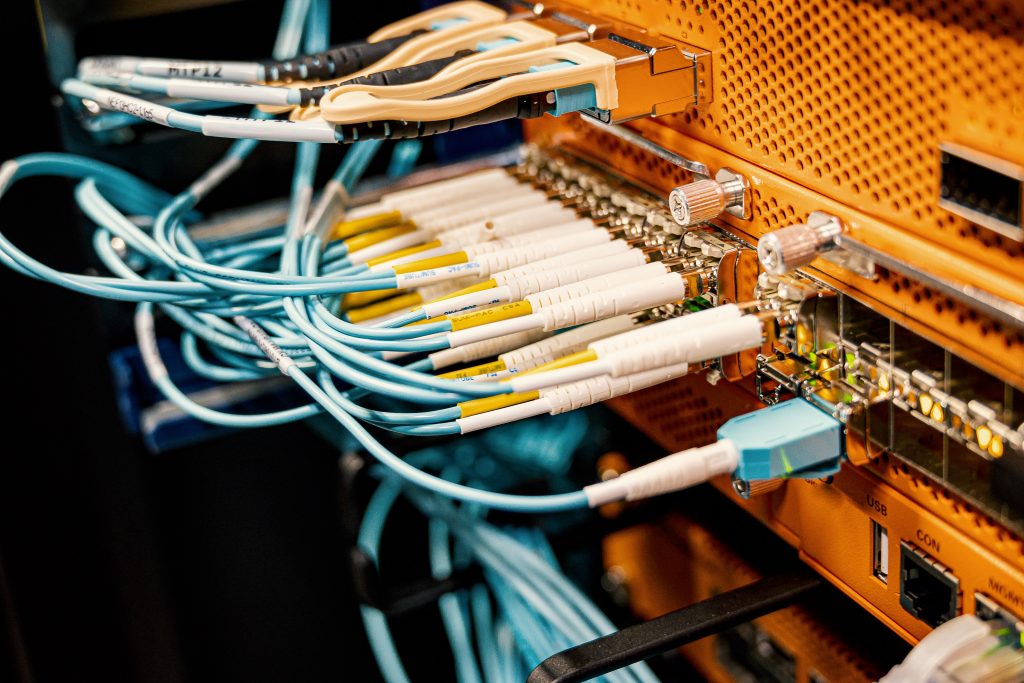As more companies move more parts of their business to the cloud, many are finding it difficult to control cloud spend. Because of the many benefits of the cloud – which we’ll discuss below – there is good reason to understand and optimize cloud spending.
According to a recent report, companies are going over their annual cloud budget by an average of 23 percent this year. In addition, IT executives expect cloud spend to increase by nearly 50 percent in the coming year. So what can companies do to lower their overall cloud spend – and stay within their budget?
The Benefits of the Cloud
The cloud provides different benefits to individual companies, depending on their usage and needs. However, there are a few general benefits that apply widely across industries and companies – and are why the cloud is so universally appealing.
- Flexibility
- Scalability
- Predictive costing
- No upfront capital expenditures needed
- Automatic maintenance and upgrades
- And more!
How to Reduce Cloud Spend
Because cloud use varies so much from organization to organization, it’s difficult to list cost reduction strategies that apply universally. Megaport advises companies to optimize costs wherever possible. Cloud connectivity is generally a good place to start.
When organizations transition to the cloud, they often connect using public internet and VPNs. For greater security and performance, a dedicated circuit or other alternative may be a good option. However, that can result in a higher total cost of ownership.
So what’s the solution for over-budget cloud spend? Consider Network as a Service, or NaaS. Enlisting an experienced service provider to handle network design and implementation will save money, time, and confusion. NaaS will allow your company to streamline cloud connectivity, connect from a single network interface, transport data more securely, and make the cloud easier to use and understand.
Do you need help reducing your cloud spend? Contact Vaultas today!
Vaultas is a technology ecosystem provider that facilitates direct access to any network or service provider. Our services include colocation, cloud, hybrid IT solutions, connectivity, communication and collaboration including UCaaS and CCaaS, disaster recovery and business continuity, hosting, consulting, energy conservation and much more.
Our primary ecosystem access points are located in the Twin Cities of Minneapolis and St. Paul, as well as Alexandria and St. Cloud, MN, and Milwaukee, WI, with remote access from anywhere in the world. Contact us to get started.


